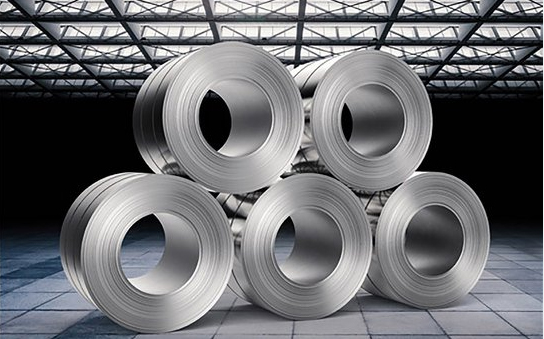
In the realm of metallurgy, steel is a vital material that plays a significant role in various industries, from construction to automotive manufacturing. The quality of steel is determined by its composition and cleanliness. To improve these aspects, metallurgists have explored various techniques, and one of the key methods is the addition of calcium to steel. This article delves into the benefits and implications of calcium addition for enhancing steel cleanliness.
Cleanliness is of paramount importance in steel production. Clean steel refers to the absence of harmful impurities such as sulfur, oxygen, and non-metallic inclusions. These impurities can significantly affect the mechanical properties, ductility, and overall performance of the steel product. Consequently, industries have been striving to develop methods to ensure cleaner steel production.
Calcium addition is a widely used method to enhance steel cleanliness. Calcium, when introduced to the molten steel during refining, forms compounds with oxygen and sulfur. The resulting calcium oxide (CaO) and calcium sulfide (CaS) are capable of forming stable inclusions that float to the surface of the molten steel. This process is commonly known as inclusion modification or inclusion control.

Inclusion Modification: Calcium-treated steel exhibits modified inclusions that are spherical and less harmful. These spherical inclusions do not detrimentally affect the steel's mechanical properties and are less likely to cause cracking or failure.
Improved Machinability: The reduction of harmful inclusions through calcium addition leads to improved machinability of steel. This is particularly important for industries requiring precision machining of steel components.
Enhanced Mechanical Properties: Clean steel with reduced inclusions boasts improved mechanical properties, such as higher tensile strength and impact resistance, making it more suitable for critical applications.
Better Surface Finish: Calcium-treated steel often displays better surface finish and a reduced tendency for surface defects, leading to improved aesthetics and corrosion resistance.
Challenges and Considerations:
While calcium addition offers significant benefits, it also presents challenges that metallurgists must navigate:
Precise Dosage: Accurate control of calcium addition is crucial. Over-addition can lead to excessive oxide buildup and under-addition may result in incomplete inclusion modification.
Inclusion Re-oxidation: Inclusion compounds can re-oxidize if the steel is exposed to air or improperly handled during casting and solidification, negating the benefits of calcium addition.
Alloy-Specific Effects: The effectiveness of calcium addition can vary depending on the steel composition, temperature, and refining practices.
In the pursuit of producing high-quality steel, the addition of calcium has proven to be a valuable tool for enhancing cleanliness. By controlling inclusions through calcium addition, steel manufacturers can achieve improved mechanical properties, better machinability, and enhanced surface finish. However, careful consideration of dosage, alloy composition, and proper handling during casting is essential to fully harness the benefits of calcium addition. As industries continue to demand steel with exceptional performance characteristics, calcium addition stands as a reliable method to elevate the quality of steel products across diverse applications.

Write a Message